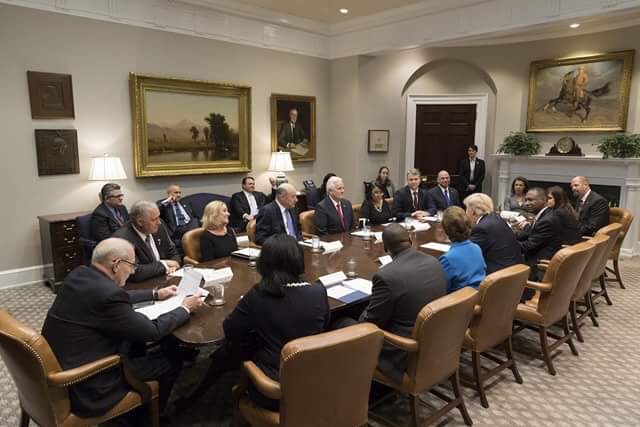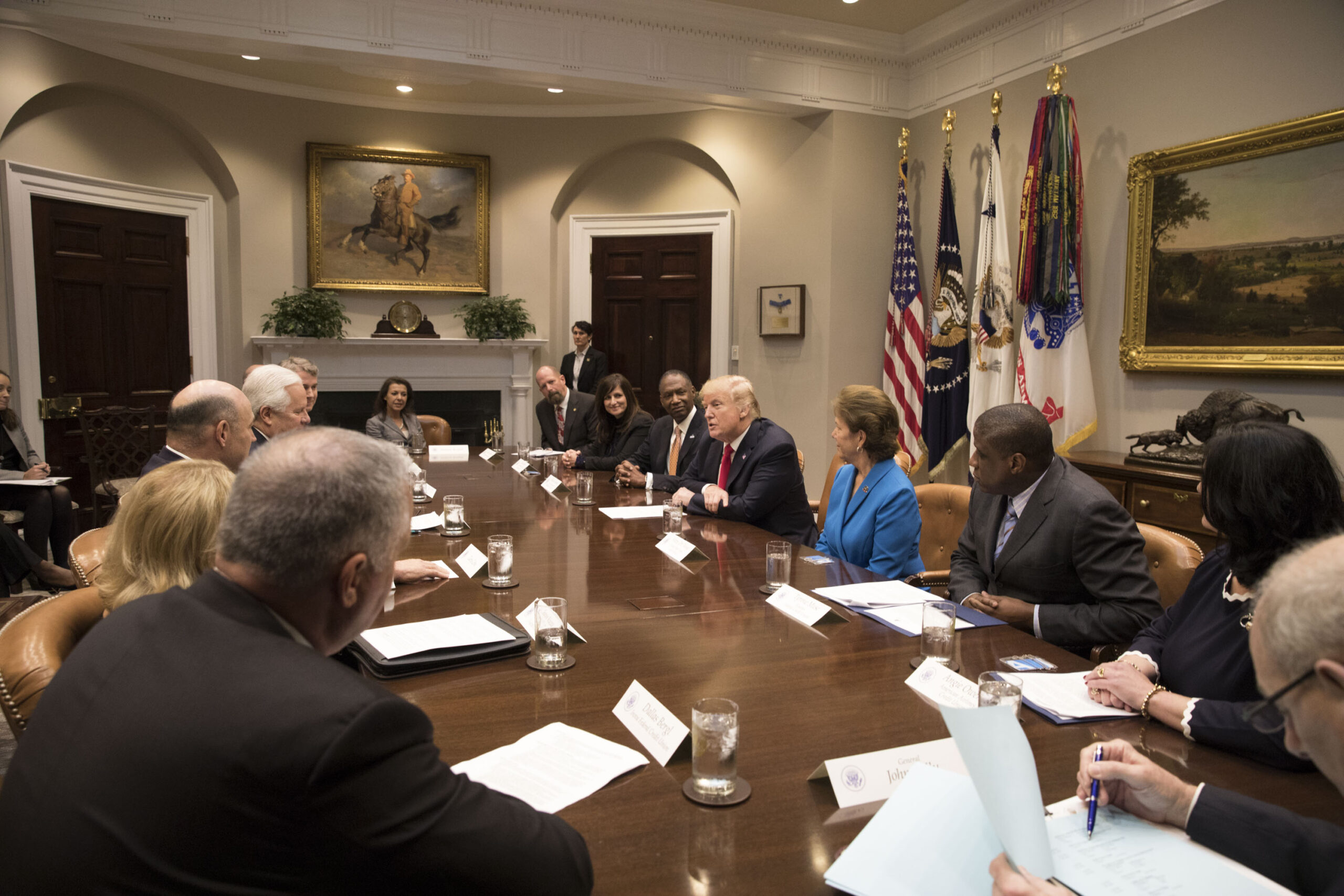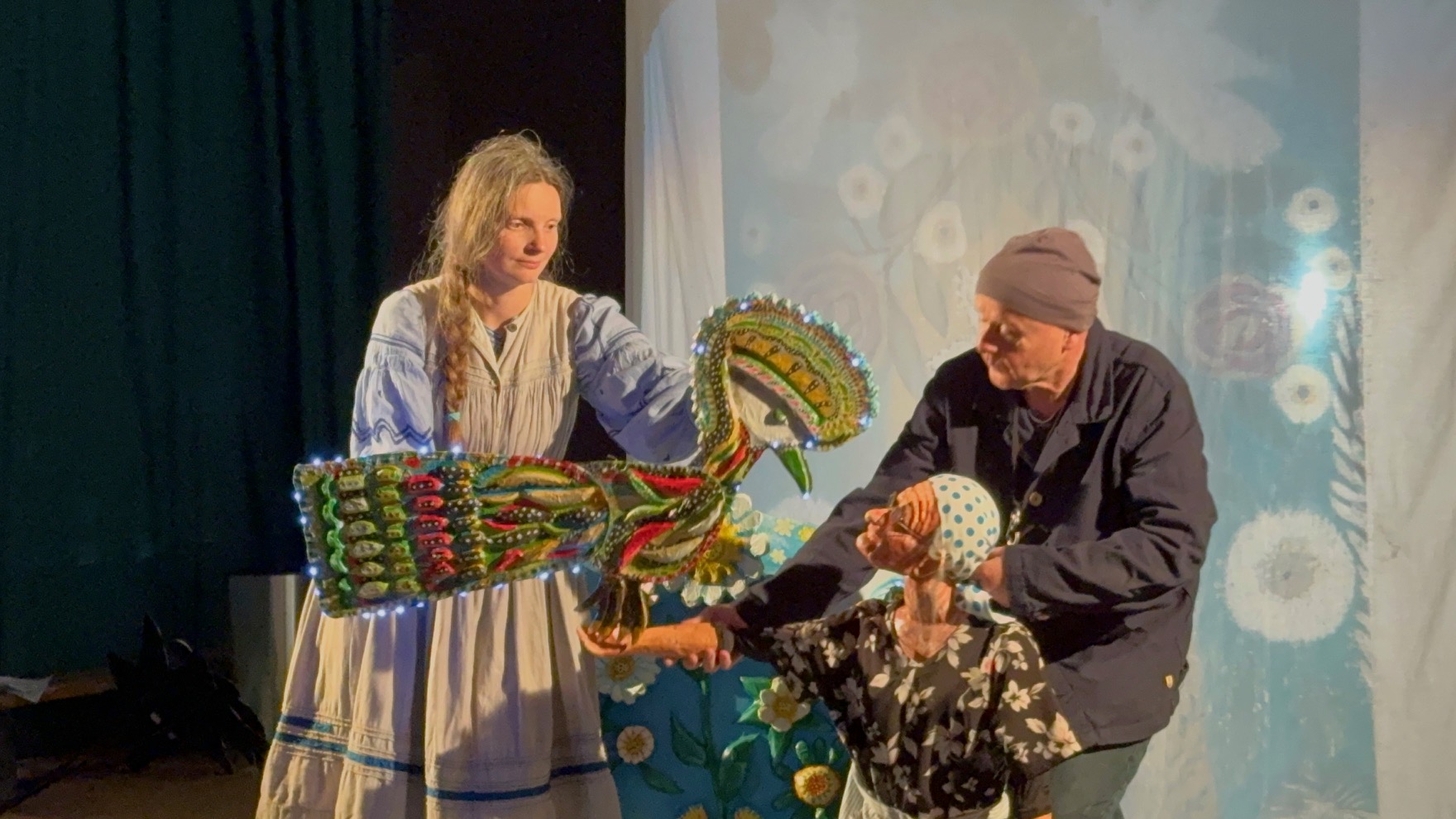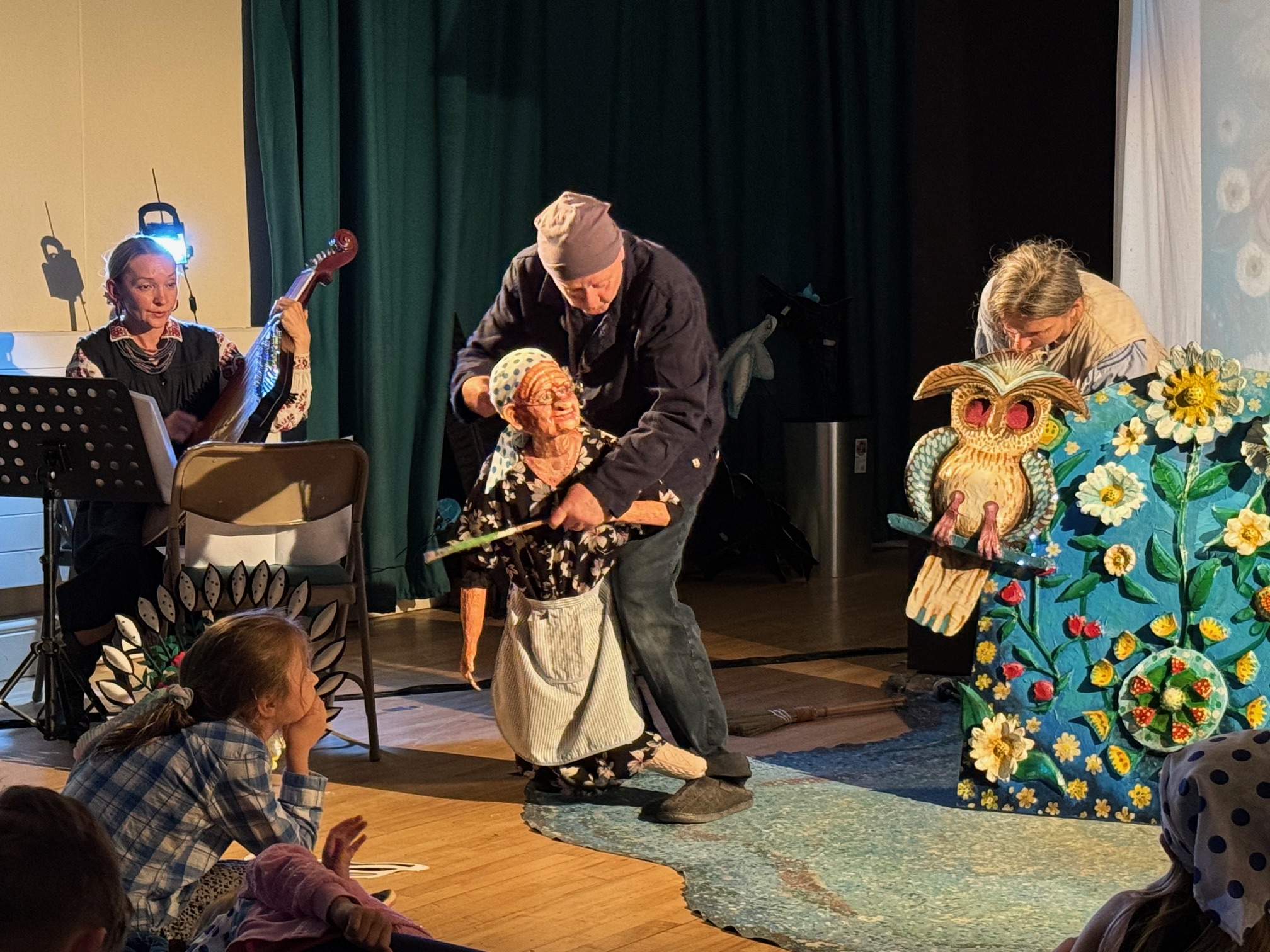Spent time earlier this week talking with people who work with a DC non-profit 501 C 3. It is called Everyone Home DC.
It was incorporated in 1967 by an interdenominational group of religious leaders called the Capital Hill Group Ministry. For almost six decades the organization has focused on the housing needs of those at the bottom of the socio-economic ladder.
Its Vision: We support the holistic needs of individuals and families at risk of, or experiencing homelessness. Housing is our starting point
The group’s website has five components, similar to many credit unions’ content, in an About Us section: Our Story, Board, Staff, Careers and Funding and Reports.
I clicked on the Funding and Reports tab and found links to the latest five years of Annual Reports, complete external CPA audits, and the IRS 990 filings for nonprofits. These reports provided an open and full picture of the group’s financial status, trends, how they are funded, and objective measures of their community impact.
Overcoming shortages of shelter for low income individuals is one of the most intractable problems for every major city in America. The group’s reporting and disclosures give the reader confidence that the leaders know what they are doing and are accountable for their outcomes and responsibilities.
That confidence is vital. For this nonprofit’s modest budget relies on government grants and private donations. It is vetted by its funders. In 2023, the organization announced that the Bezos Day 1 Families Fund had granted them their first-ever multi-year, multi-million dollar funding.
Trust from Transparency
Transparency is critical to Everyone Home’s credibility. it is a non-profit, totally dependent on external funding and engaged in an area of social need where work is never finished and endgame always distant.
It is an example credit unions who are dependent on member and community support might learn from. Especially the posting of the latest five years of IRS filings, CPA audits and Annual Reports.
A long-term practice of open and full communication with a group’s supporters is vital when hard times or unexpected challenges arise. A foundation of trust is built through transparency. It becomes the intangible capital (goodwill) that can be the difference between a successful recovery or a demise.
Sweeping a Problem Under a Cobalt Rug
Contrast this expectation with the events in an August 7th Credit Union Times story of the recent merger, without a member vote, of the $67 million Creighton FCU (Omaha) with the $1.2 billion Cobalt Federal Credit Union in Papillion, Neb.
The Times’ story reports the credit union’s net worth ratio went from 9.09% at March 2024 to a negative 10.95% three months later at June’s quarter end.
In announcing the merger Cobalt’s explanation for the consolidation, per the Times, was the July 31 retirement of Creighton’s President/CEO Thomas C. Kjar.
One does not have to be a financial analyst or even a credit union member to know there is something dreadfully wrong for a deterioration of almost 20% of a credit unions assets in just 90 days.
Creighton was a federal charter, filing four quarterly reports per year and presumably subject to NCUA’s annual exam oversight. It was organized in 1951 and operated five branches with 20 employees.
At June 30, 2024 its balance sheet of $43 million in loans and $23 million of investments appears normal, and not much different from a year earlier. The allowance for loan losses is just $277K.
The one unusual item is a $12.5 million under miscellaneous expense (compared to $15K a year earlier). This one time significant amount suggests a newly discovered financial hole due to misappropriation or other sudden loss event. That one entry accounts for most of the $13.5 million YTD loss, which eliminated all of Creighton’s net worth.
How can such a catastrophic loss occur under the agency’s supervisory nose? I can find no NCUA announcement of this forced merger. Silence undermines confidence in the NCUA’s examination and supervision competency. It suggests there is something to hide.
When problems of any kind are swept under the rug, there is no learning by either credit unions or the agency from whatever went wrong. This forced merger transaction deserves more explanation than the FAQ’s of Cobalt FCU, the rescuing party. An accounting is due for Creighton FCU’s members and to the credit union community about what happened and NCUA’s role.
Now Creighton’s 10,000 member-owners are left in the dark about their institution’s oversight and why NCUA ended its existence. Such an abrupt, unilateral and forced action can only increase skepticism of a government agency about its openness and responsibility to the public.
In the example of Everyone Home, transparency is critical to carrying out its mission. At NCUA the opposite seems to be the norm.
NCUA has an obligation in its supervisory role to provide its funding constituents the circumstances about any major failure. This is the kind of event the agency is supposed to prevent.
The published call reports are the only “facts” available on this $67 million credit union’s closing. They scream for an explanation of this sudden 90-day catastrophic loss.
The agency’s failure to address its actions at this most critical junction in a credit union’s life, poses basic questions about its competence, not just its transparency.




